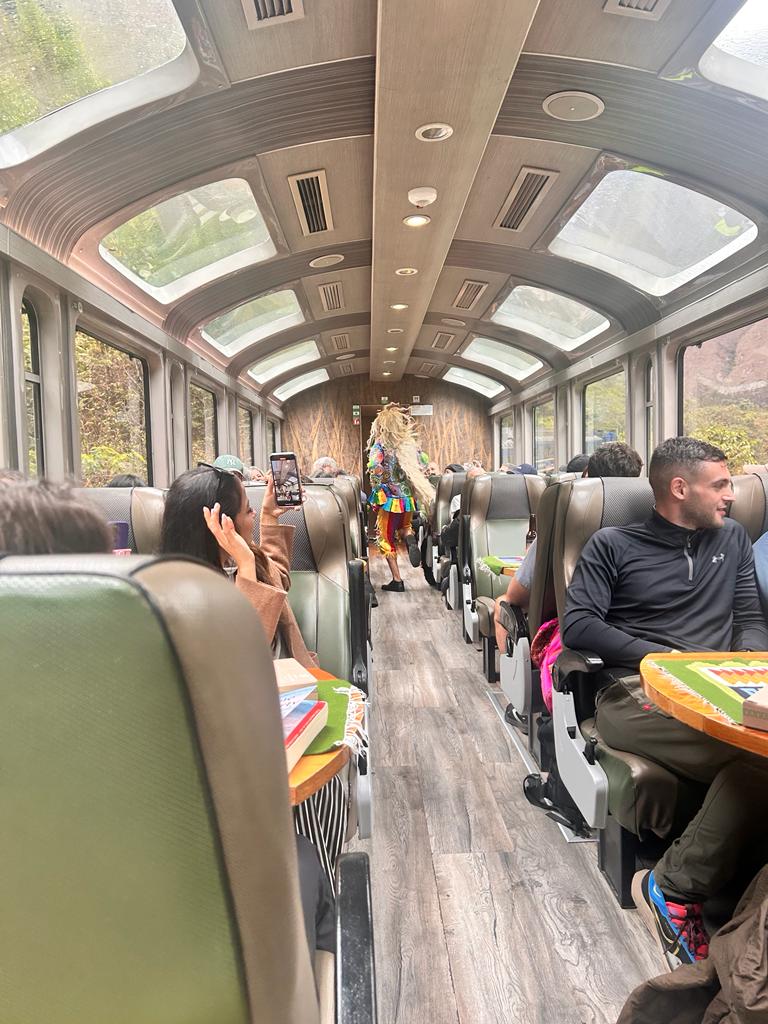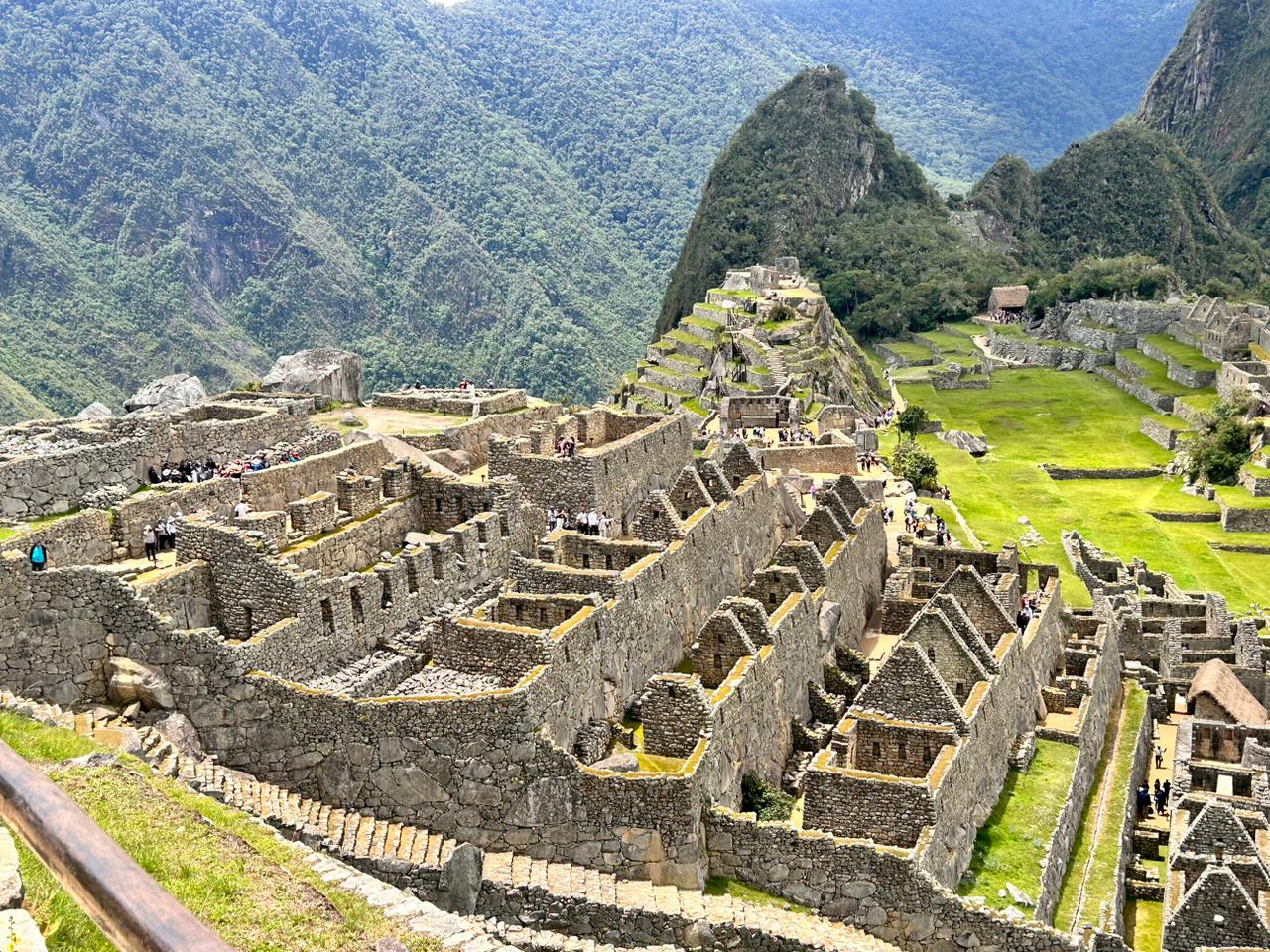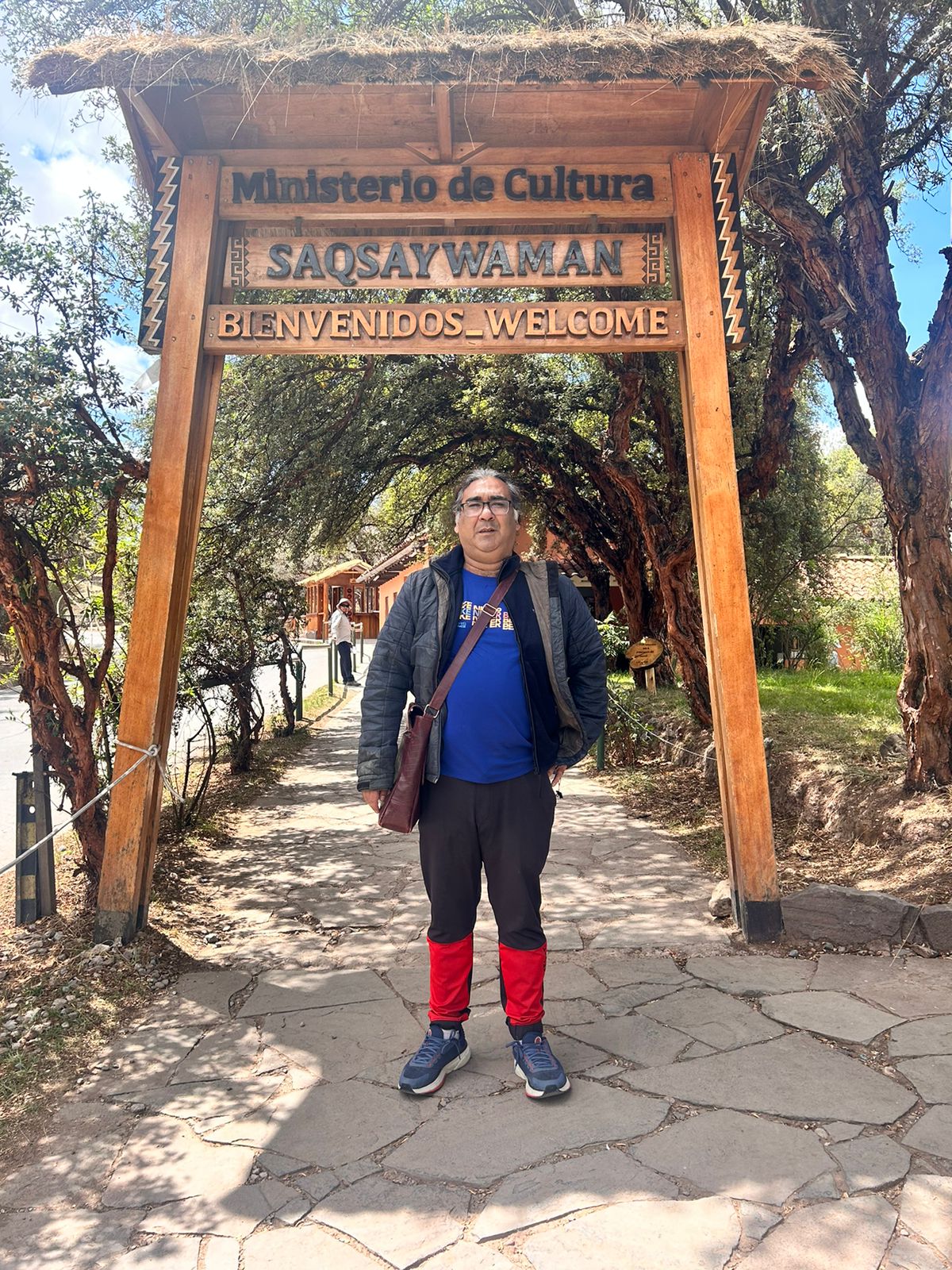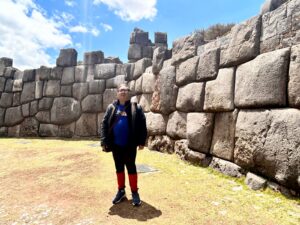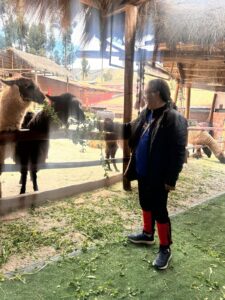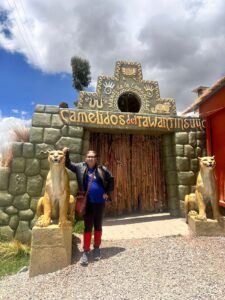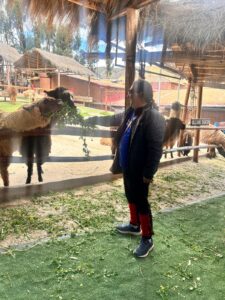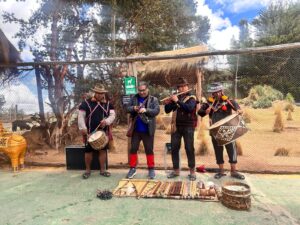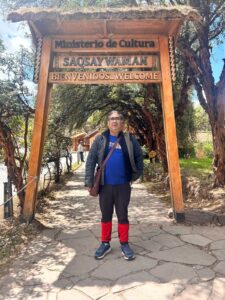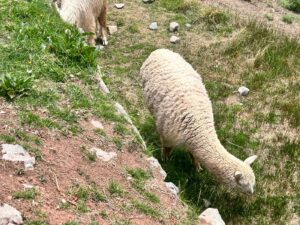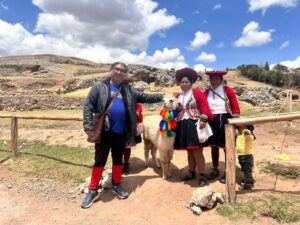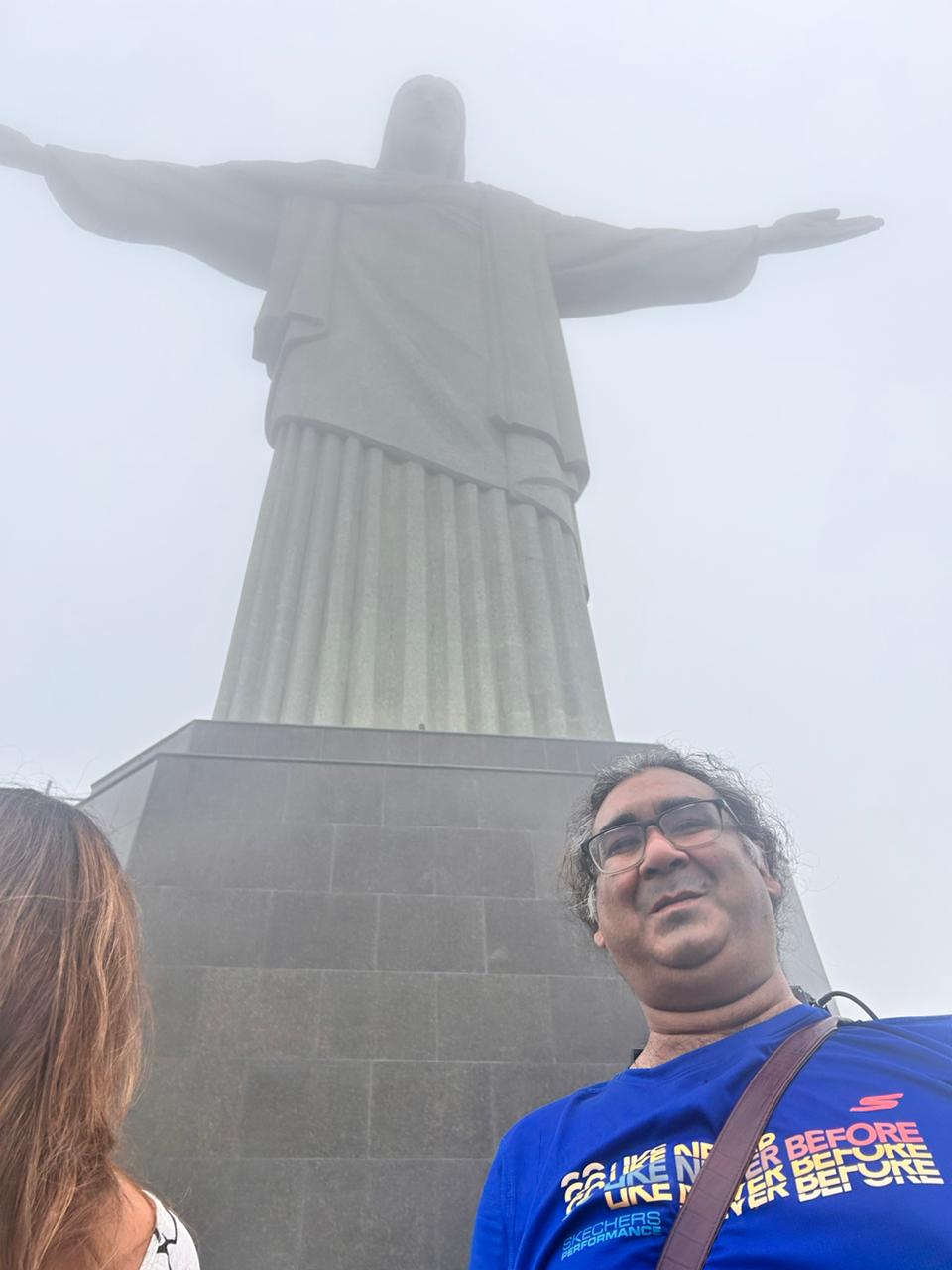Protecting One of the Most Diverse Areas on Earth
The western Amazon harbors the greatest known richness of species on the planet and offers millions of plants and animals a refuge from climate change.
To stop protecting this habitat would be to turn our backs on the thousands of species who depend on a healthy forest for survival.
How We Protect Wildlife
Direct habitat protection: creating conservation areas and helping manage forest lands sustainably for the sake of wildlife
Ensuring that wildlife has a place to live and strive is central to our work.
We partner with local governments, individual landowners, indigenous communities, and others to create a network of protected lands in Peru and Bolivia for the purpose of conservation.
We also work in the buffer zones of major conservation areas (such as national parks) to strengthen forest-friendly land management practices and protect them against external threats.
Creating conservation corridors to connect vital areas for species’ survival
We protect landscapes with an eye toward the big picture of connecting tracts of protected areas over time, magnifying our impact for biodiversity conservation.
Our impact goes beyond the boundaries of the conservation areas we help create.
We work in the vast land between conservation areas to ensure connectivity among them. In other words, we ensure animals can move across uninterrupted patches of tropical forests, which is vital for species preservation.
Stopping threats to the homes of wildlife
An important way we help wildlife survive is to detect and stop threats before they destroy entire ecosystems within the Amazon rainforest.
We use the technical tools of our Monitoring of the Andean Amazon Project (MAAP) and our Southwest Amazon Drone Center to analyze, monitor, and work with local authorities to stop deforestation happening on the ground right now.
Using camera trap technology to track biodiversity
Camera trap technology enables us to document wildlife presence, abundance, and population changes, particularly in the face of deforestation and habitat destruction.
We deploy camera traps all throughout the western Amazon, at our research stations and at multiple conservation areas we help manage. We have deployed over 100 camera traps and gathered over 10,000 photos and videos of more than 40 species of mammals and birds.
Many of the species captured on camera have an endangered status (Near Threatened or Vulnerable) according to the IUCN Red List, including jaguars, giant anteaters, giant armadillos, white-lipped peccaries, tapirs, and pale-winged trumpeters.
Continue Reading









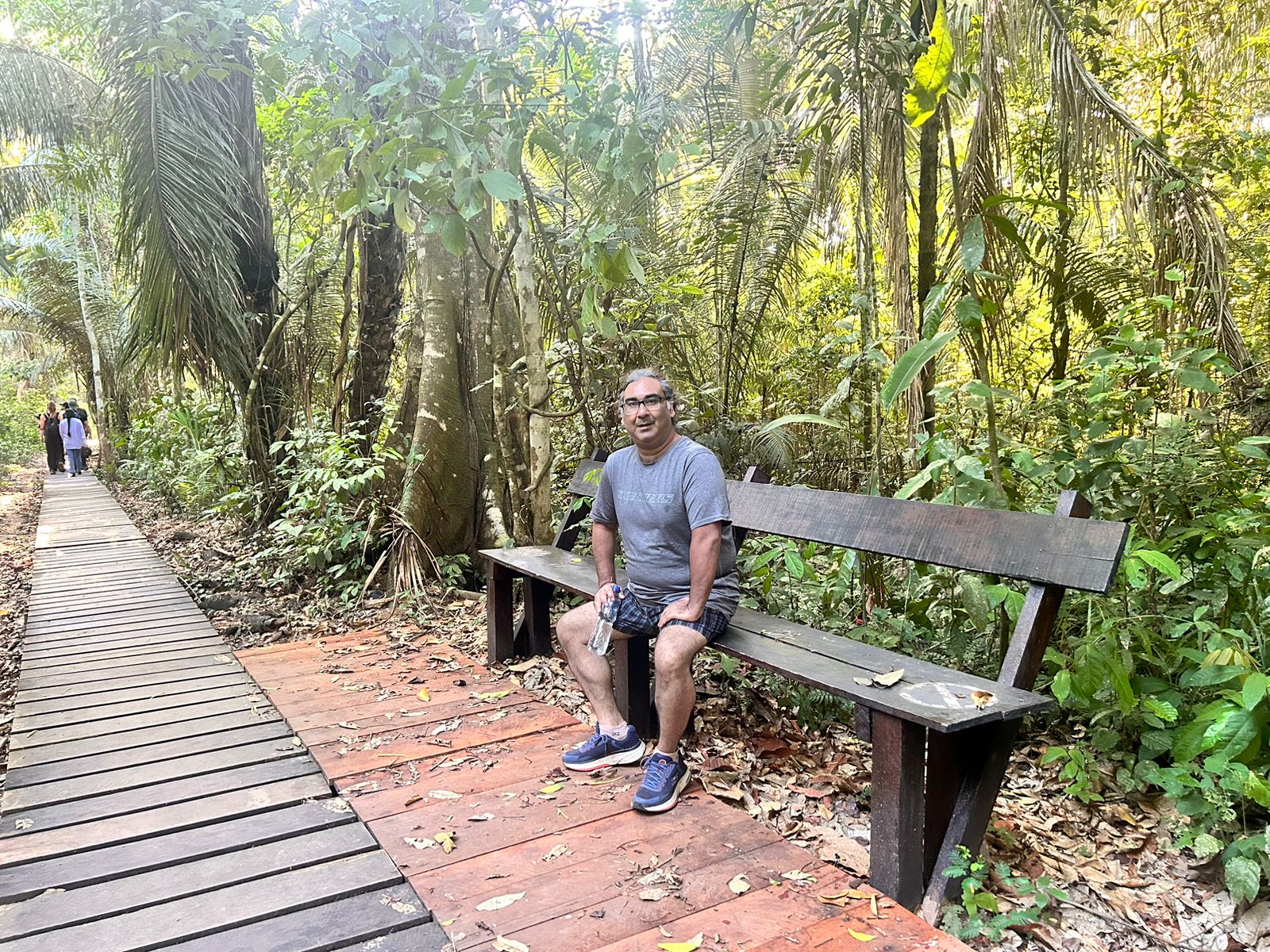
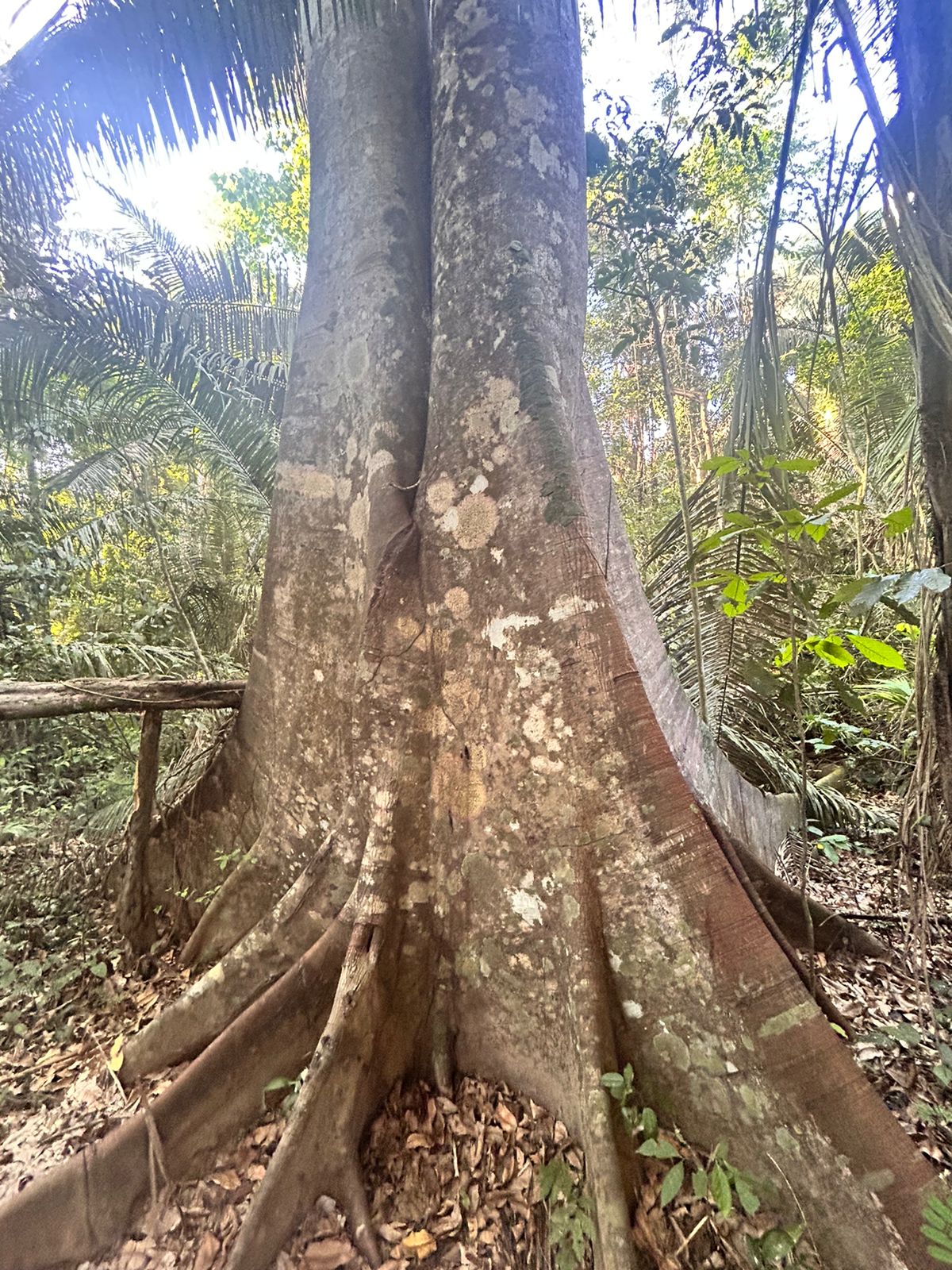

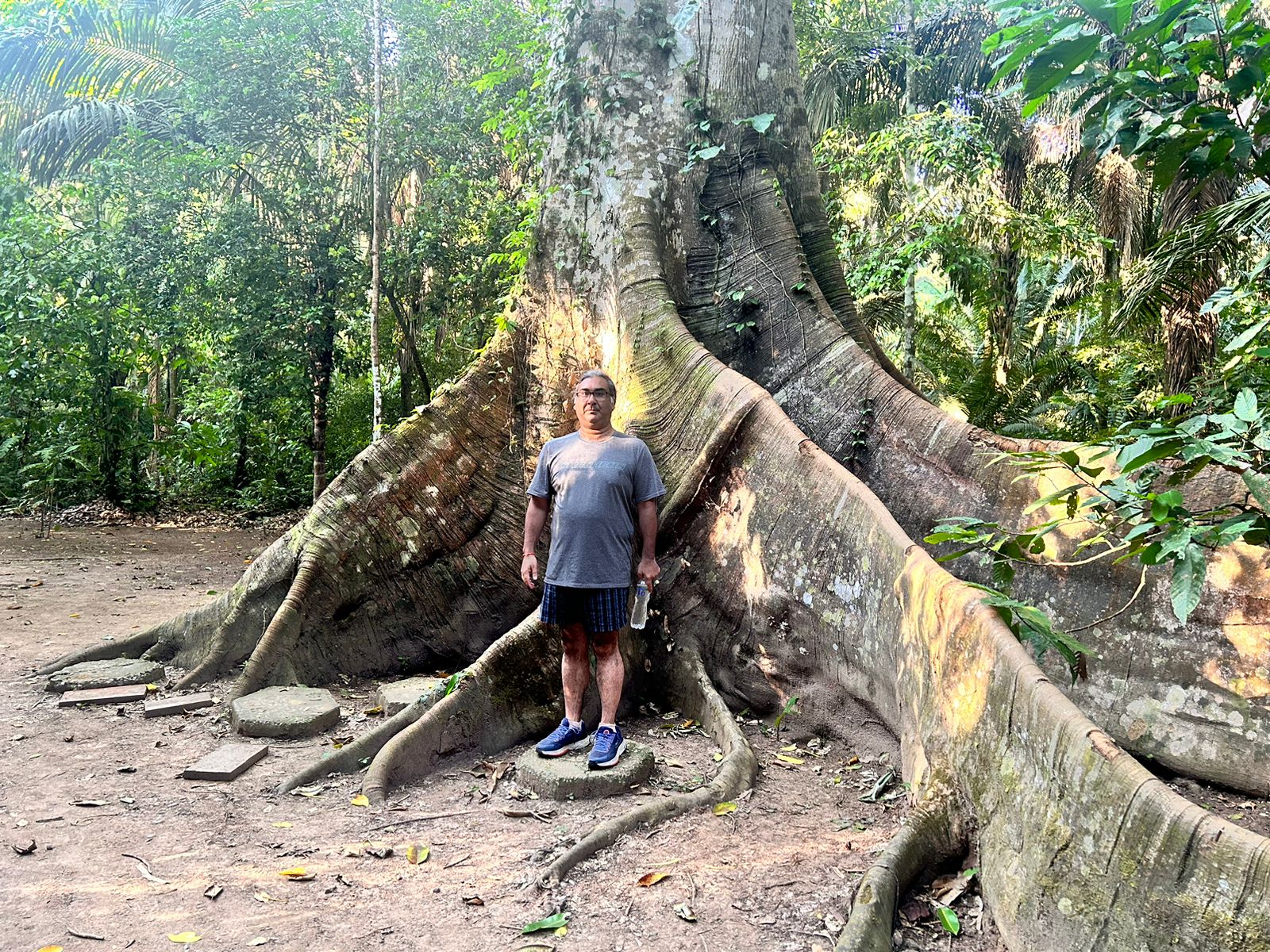



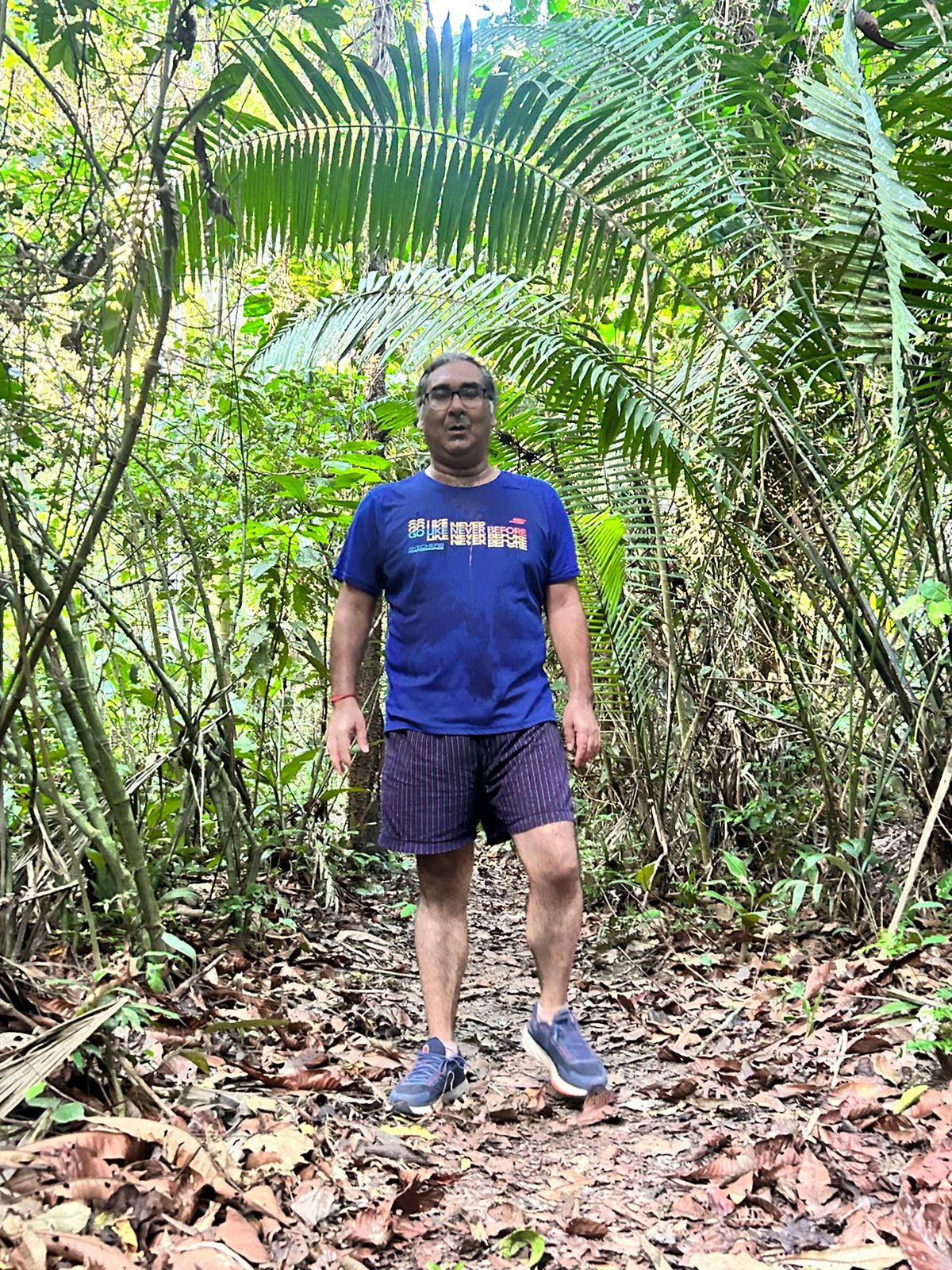
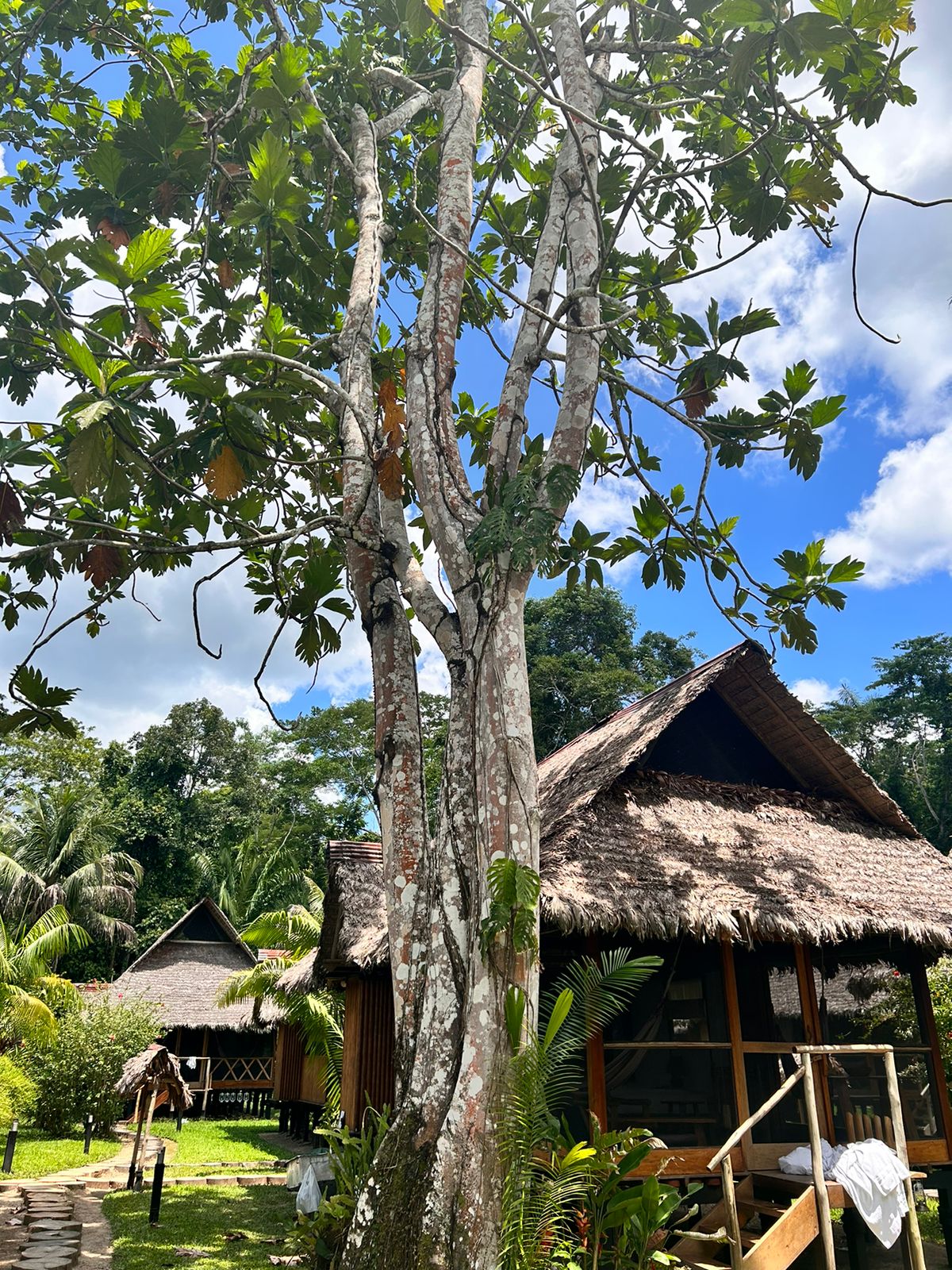

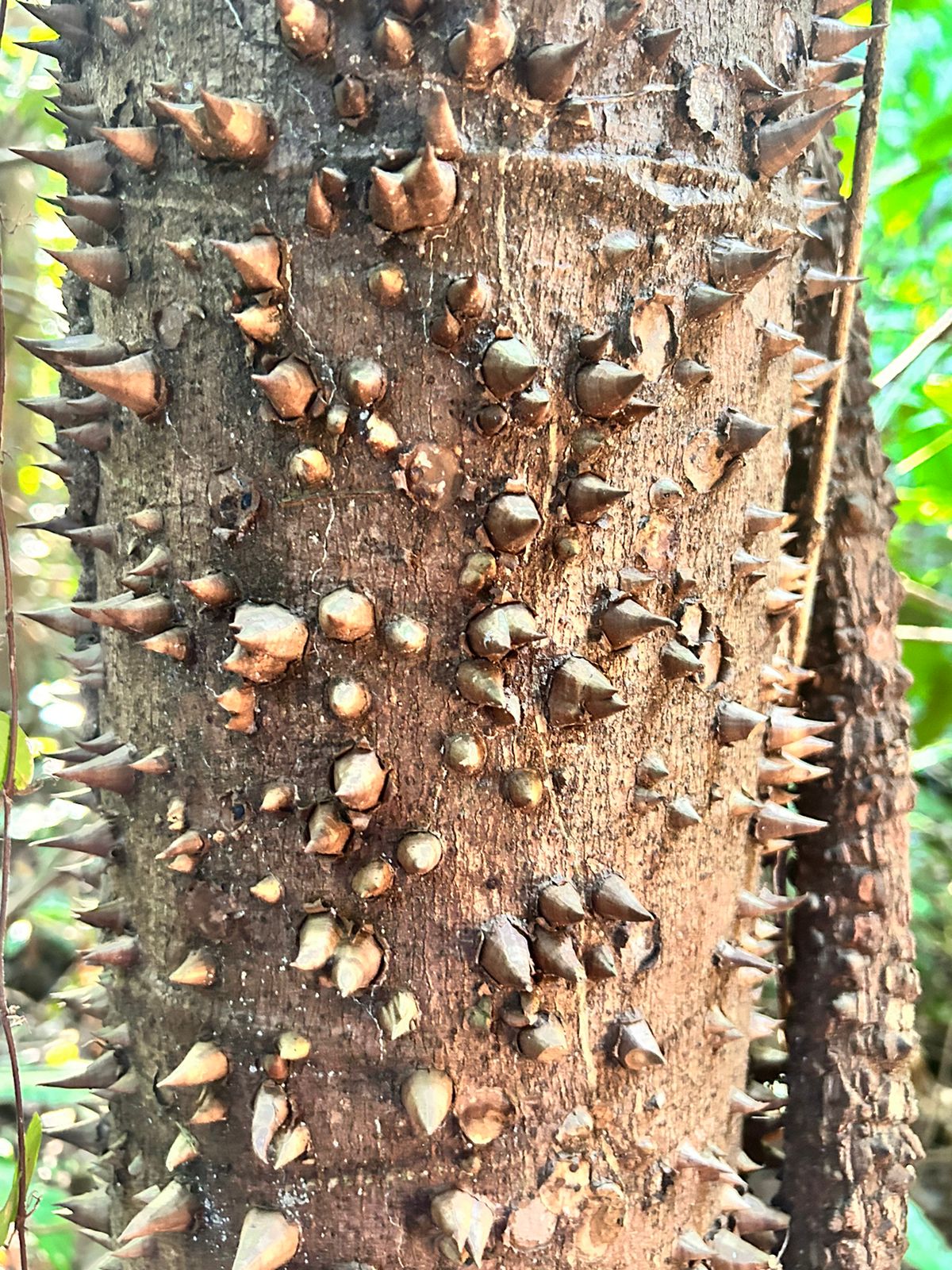
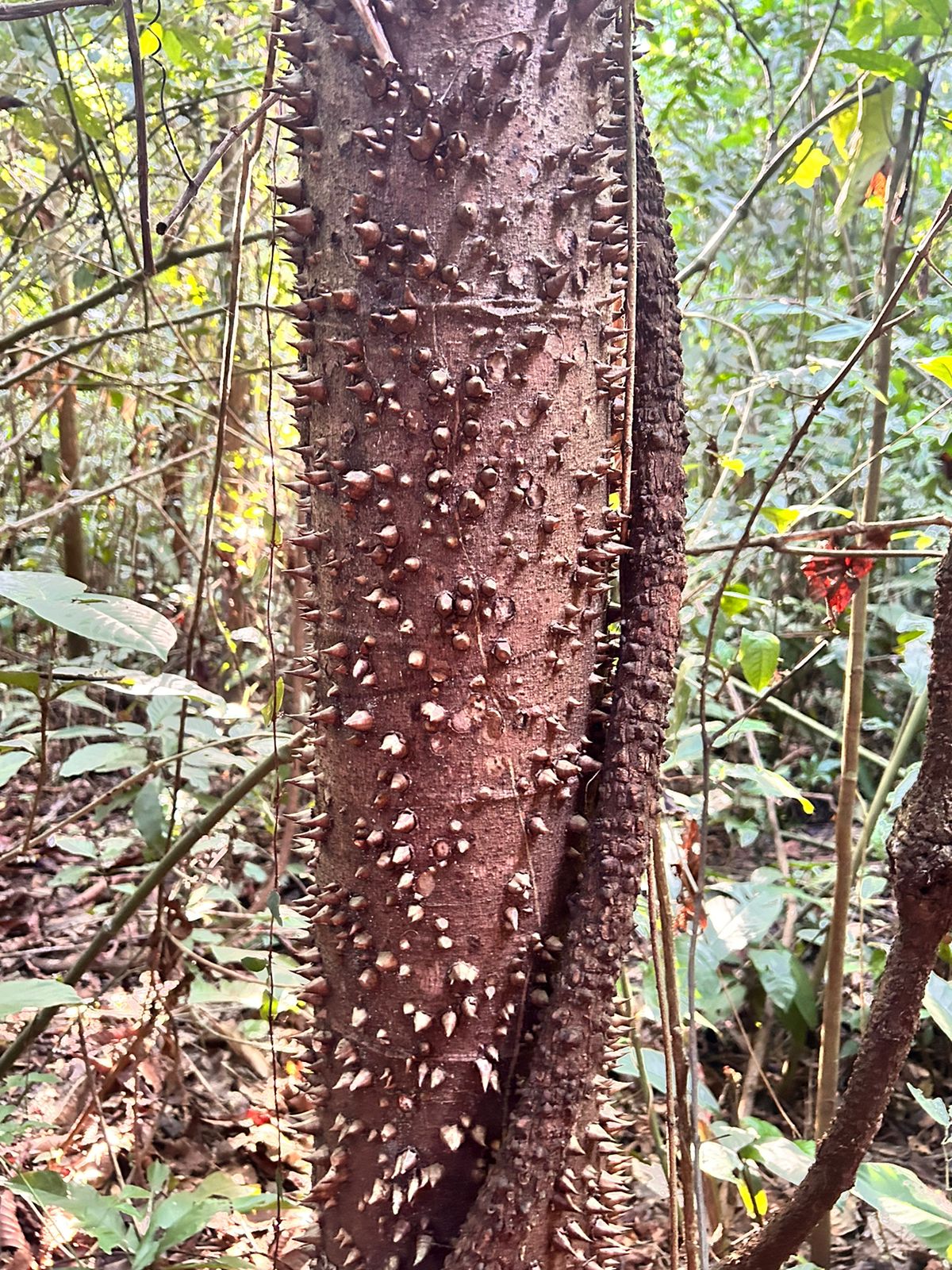

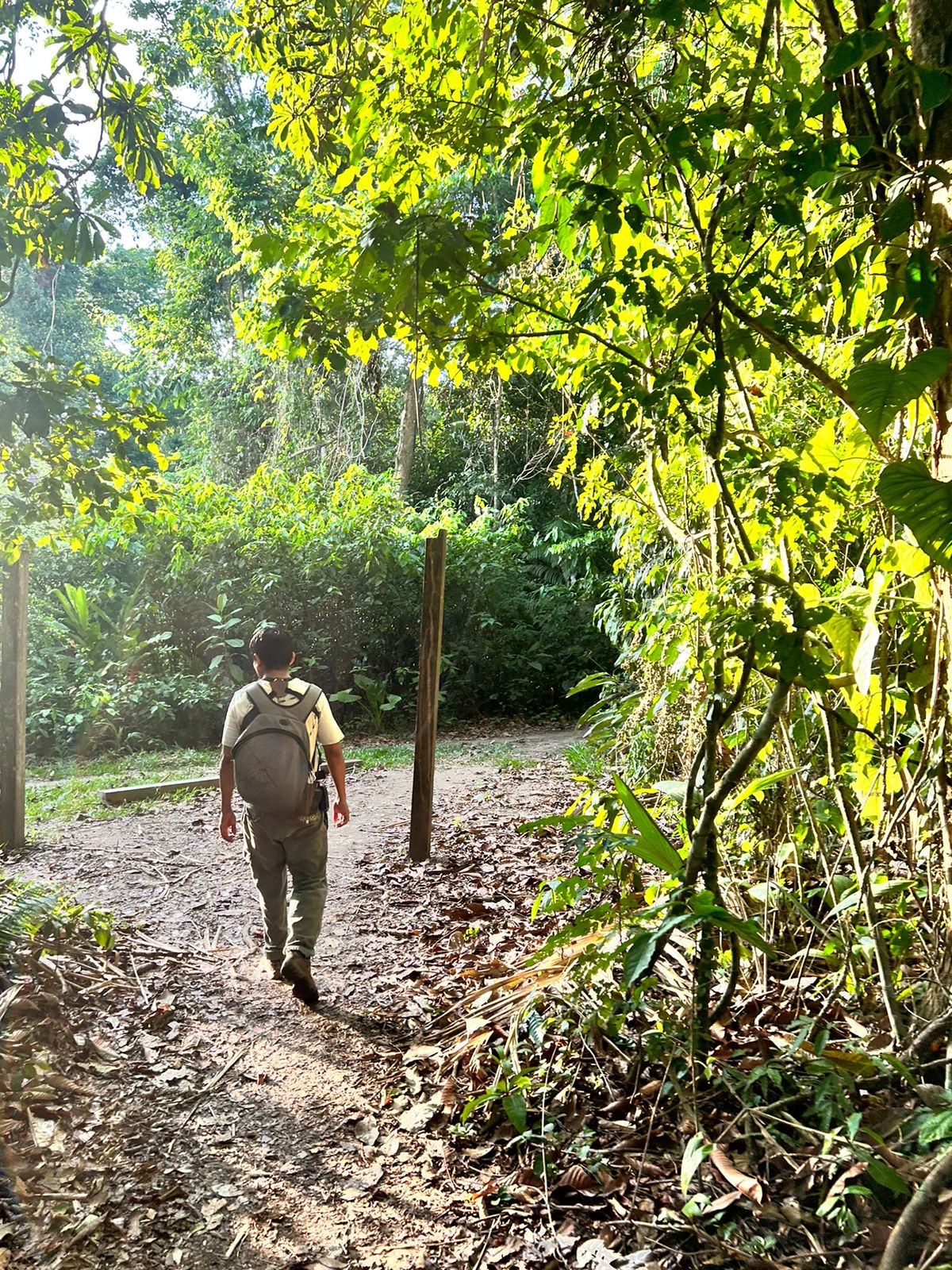
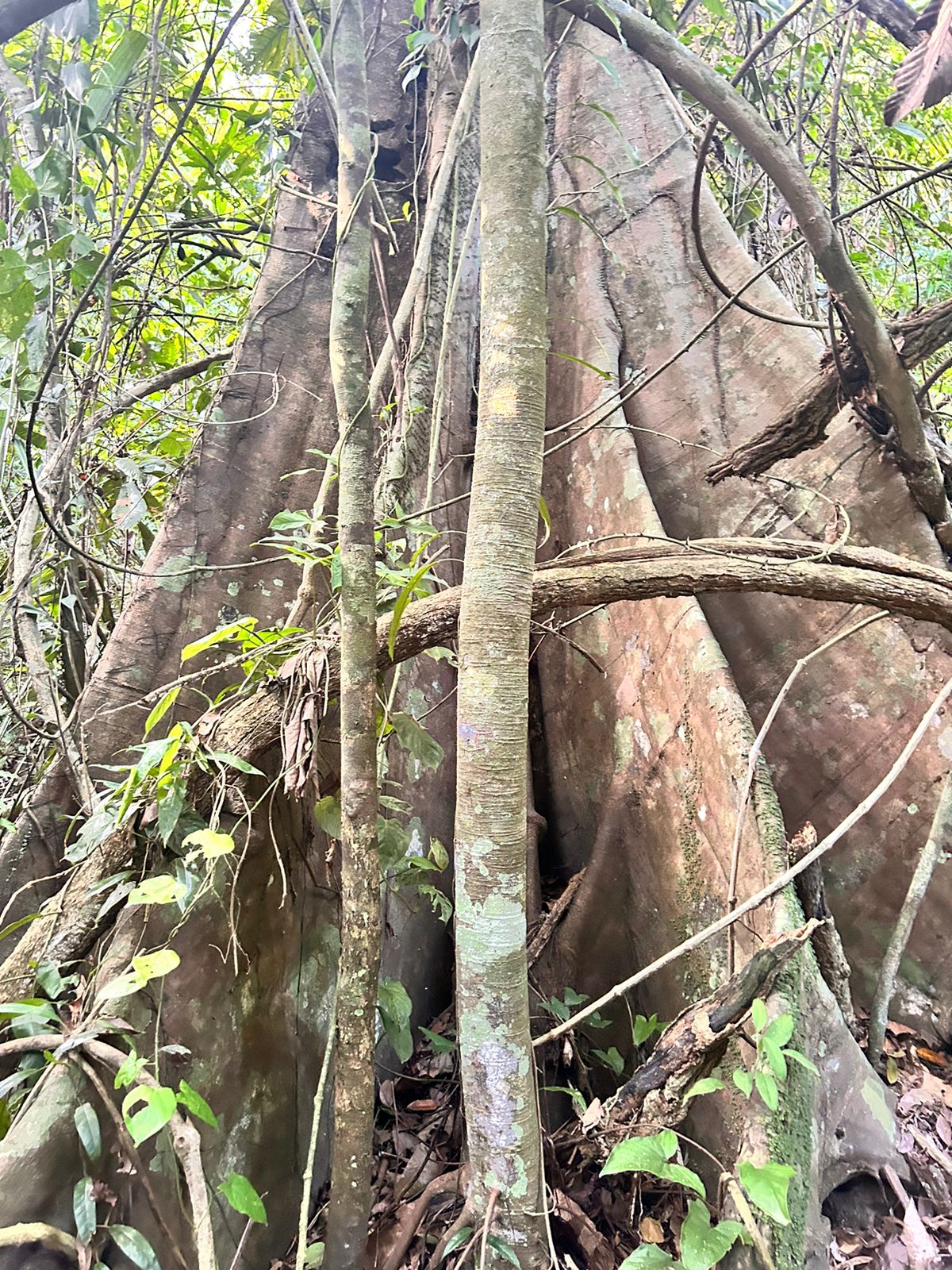
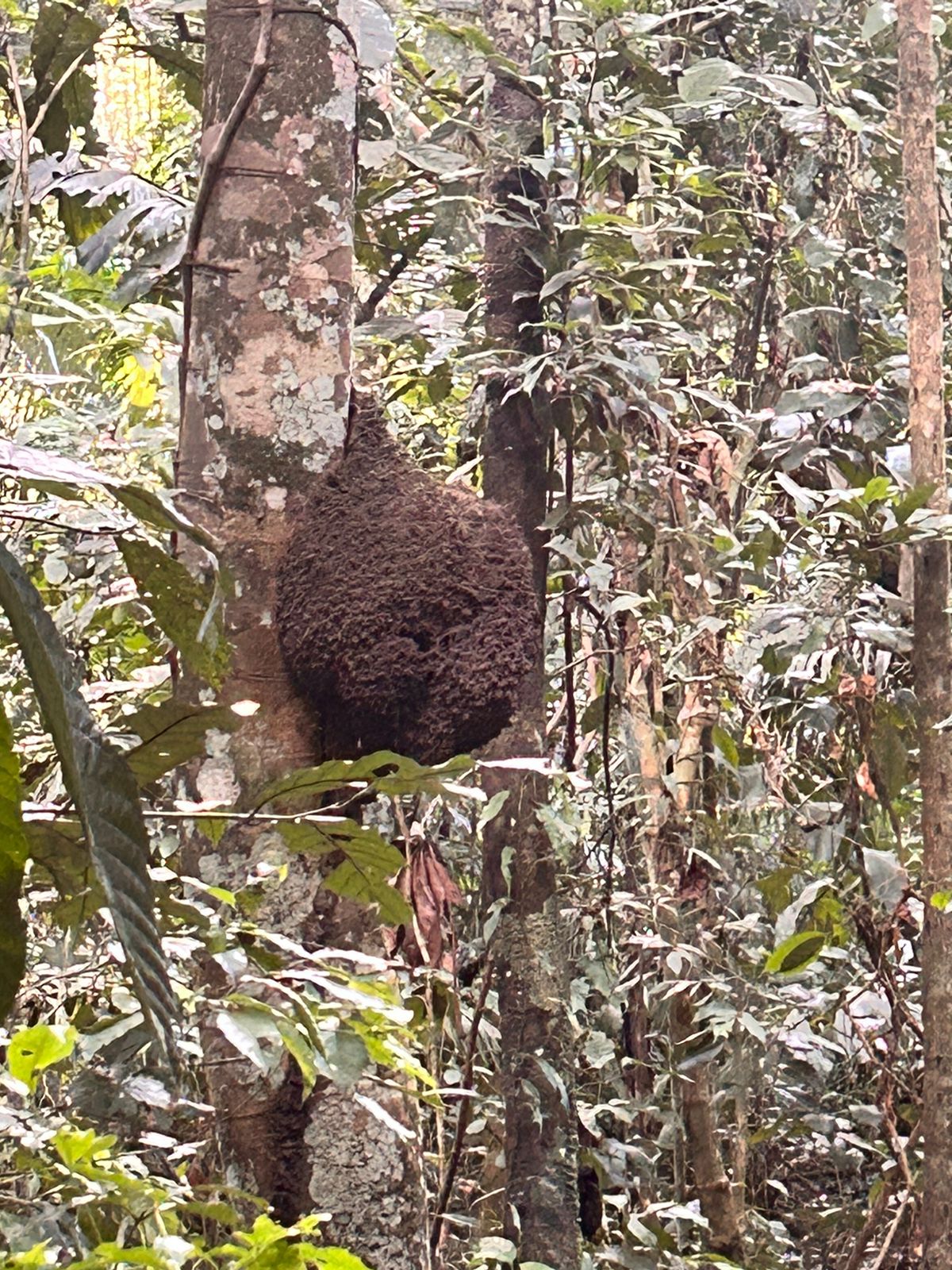
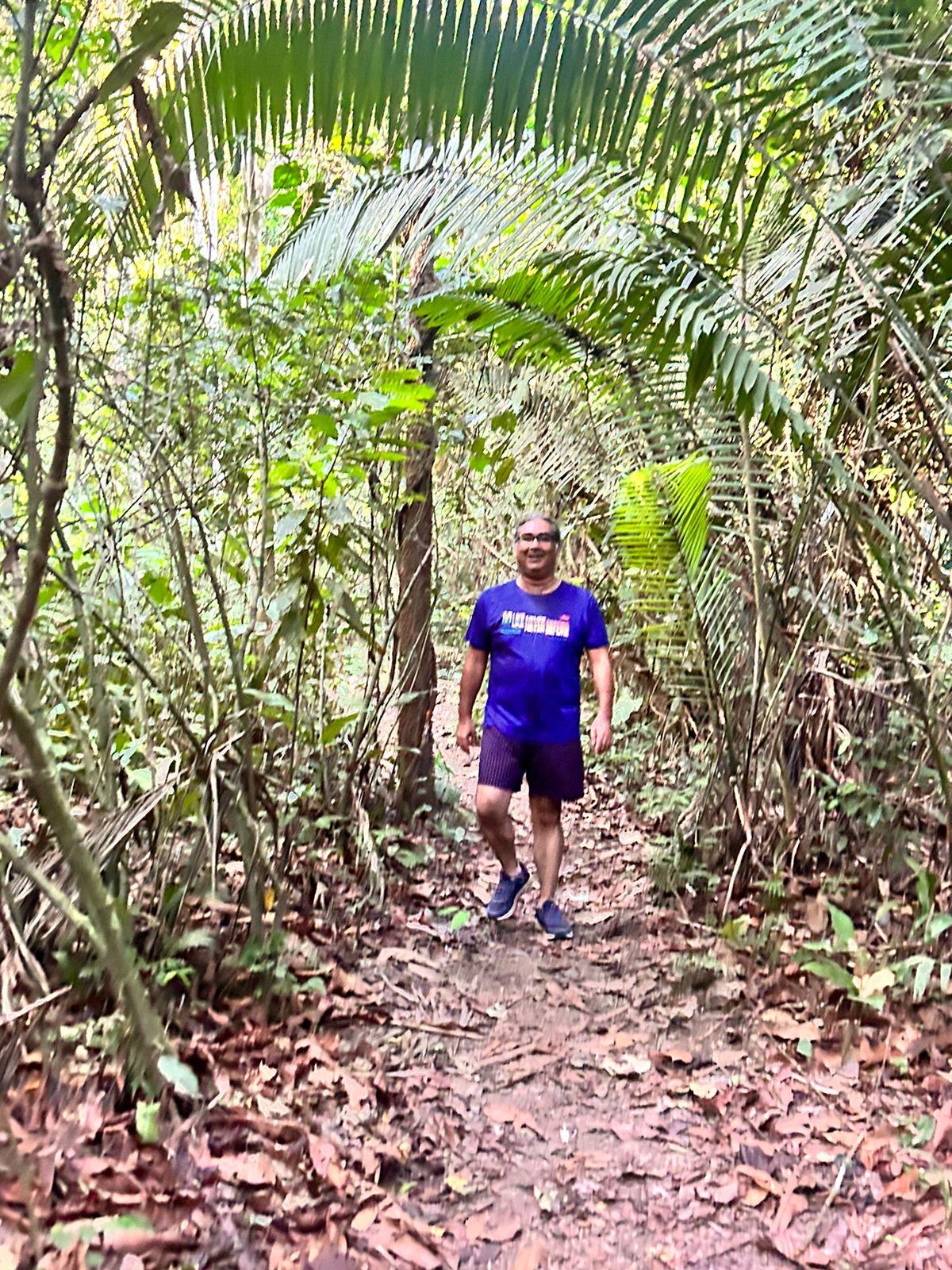
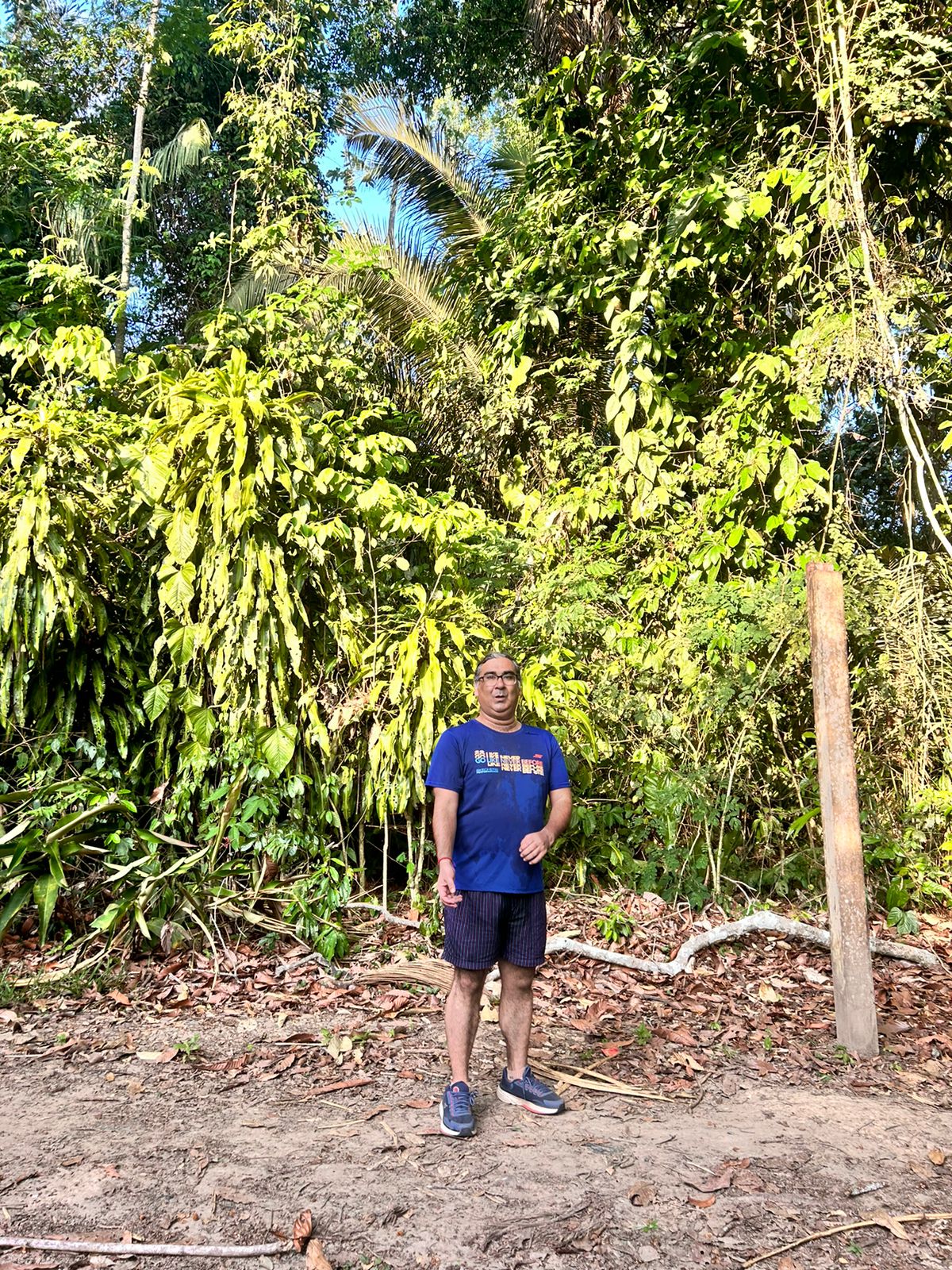
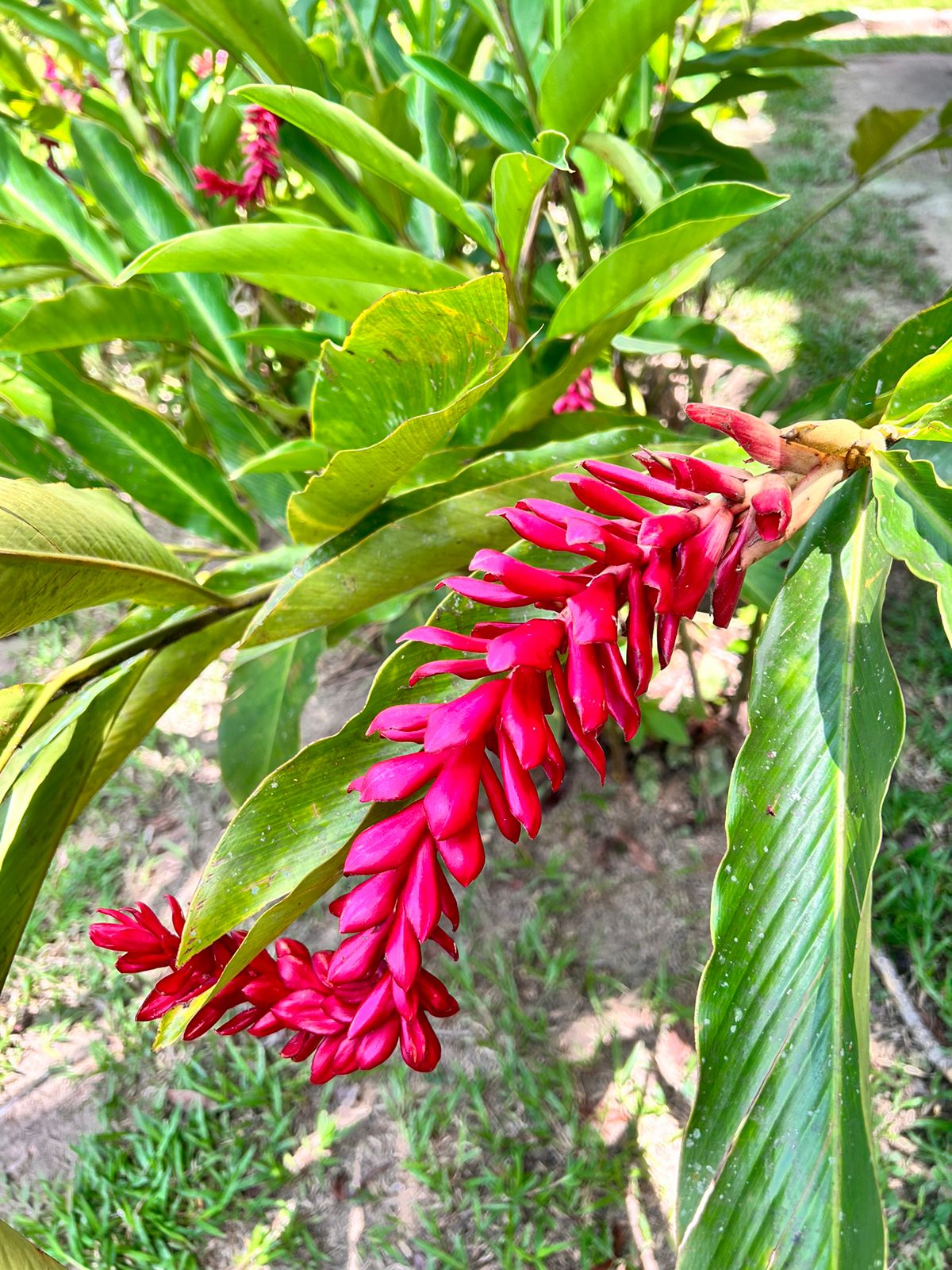










![What is Artificial Intelligence? Types, History, and Future [2023 Edition] | Simplilearn](https://www.simplilearn.com/ice9/free_resources_article_thumb/Why-get-certified-in-Artificial-Intelligence.jpg)

